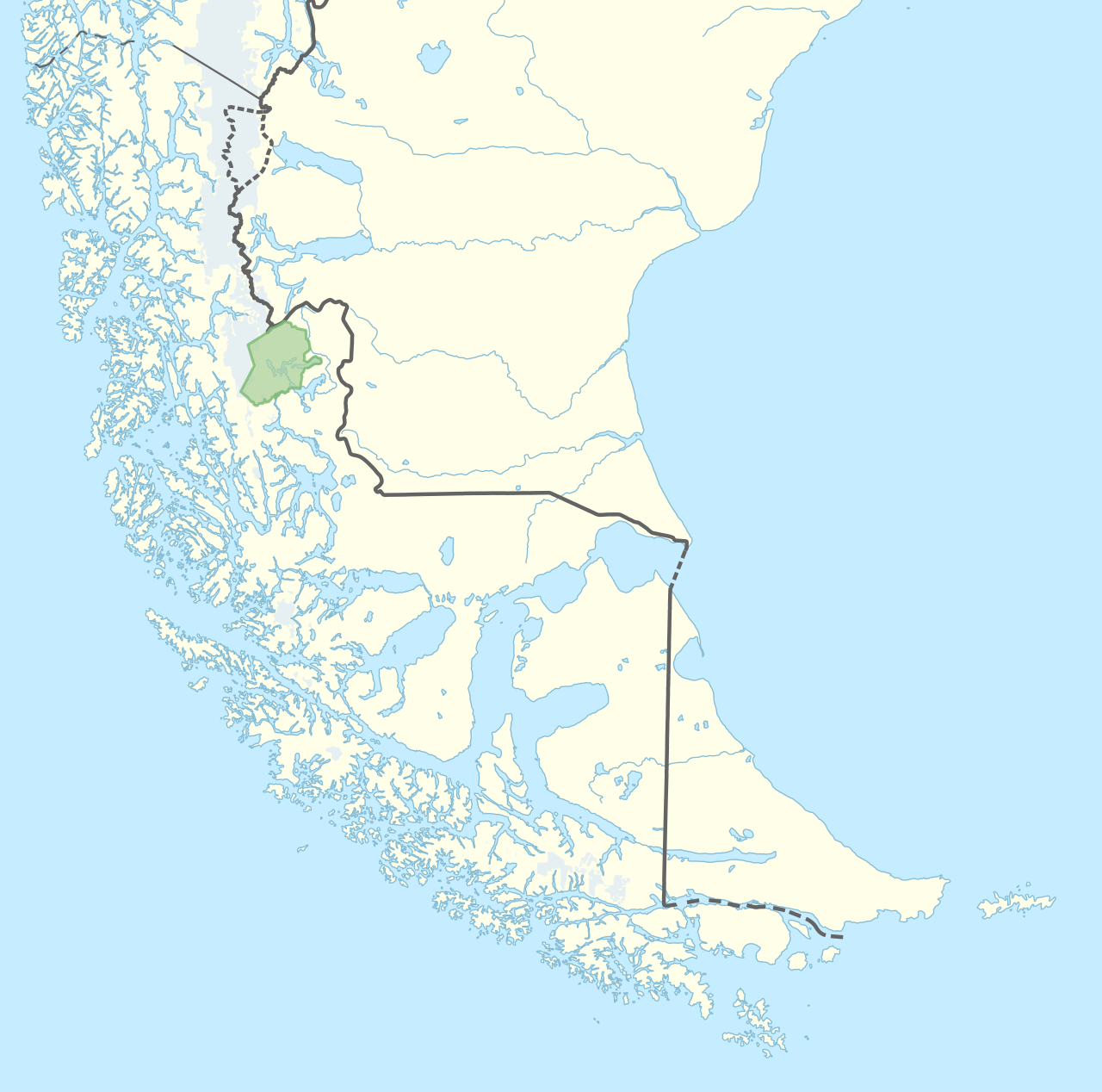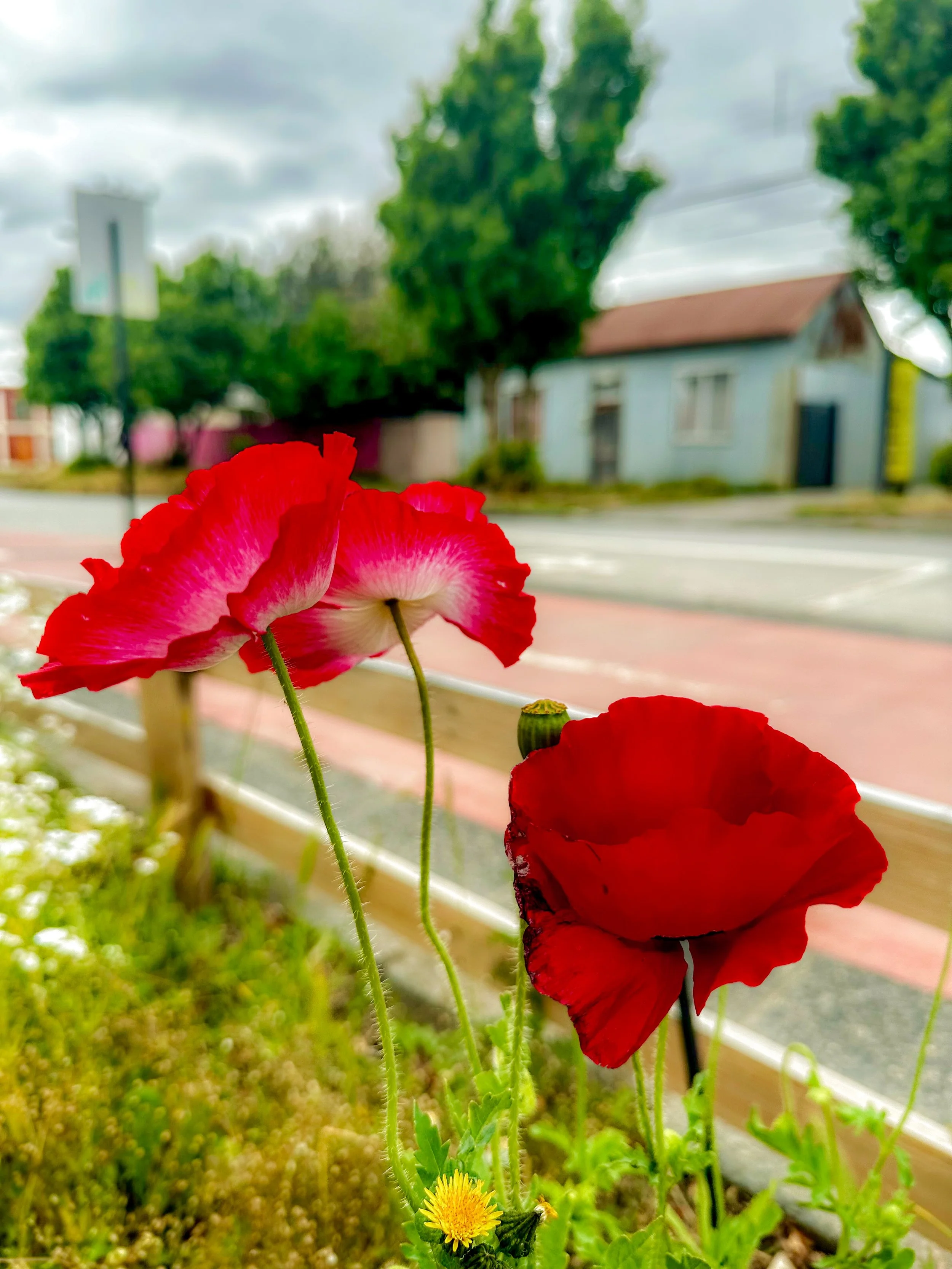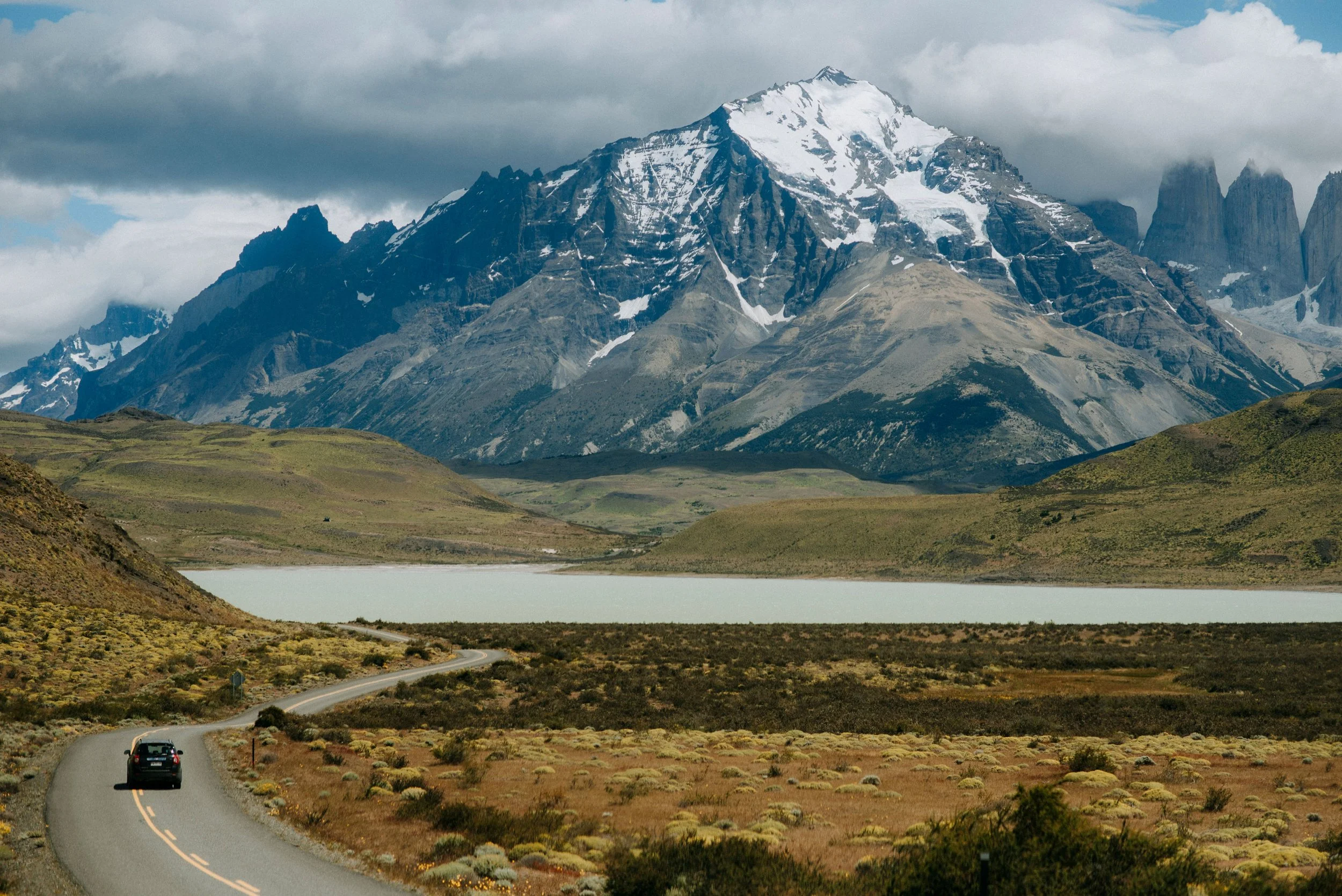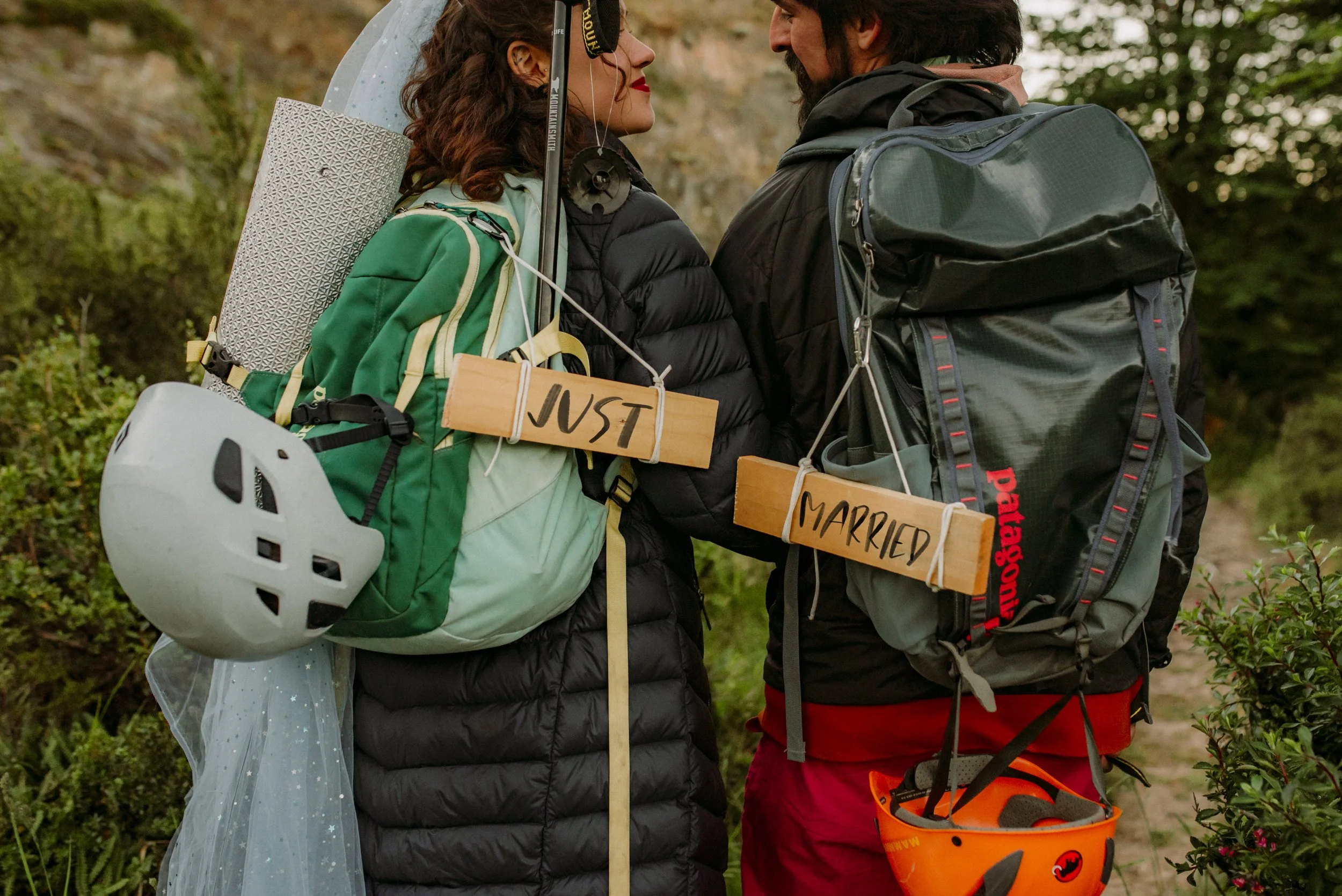Read this before planning your Patagonia trip
Overview to begin planning your journey:
First: People outside Chile always say Patagonia when referring to Torres del Paine Park, but that is incorrect.
Patagonia is not a city, town, or Village, Patagonia is a remote region in South America that spans parts of Chile and Argentina. It's known for its dramatic landscapes, including glaciers, snow-capped mountains, and the Andes Mountains.
In Chile Patagonia territory begins at Seno de Reloncavi until Magallanes (That’s almost half the country!).
Torres del Paine Park is located towards the end of the Patagonia area.
Torres del Paine Park
Torres del Paine is a national park encompassing mountains, glaciers, lakes, and rivers in the southern part of the Chilean Patagonia.
The closest town to Torres del Paine Park is Puerto Natales (aka Natales), about 70 miles away.
In order to go to Torres del Paine Park you must go through Natales.
Most people fly directly into Natales, but you can also fly into Punta Arenas (the biggest city in the 12th region) and then travel for 4 hours by bus to Natales.
[If you need more info about flying here, check my previous blog Getting To Chile]
Puerto Natales is always your base town.
There are 4 different ways to see Torres del Paine park:
From outside the park:
You can surround the park by car on an all-day tour. This is referred to as a “Full-day” tour, which is offered by many tour agencies in downtown Natales.
This tour does not require you to enter the park, therefore you do not need tickets to enter the park.
On this tour, you get to see the landscapes and mountains, and you can witness the well-known peaks of Torres del Paine called “Cuernos” (to the right side of the last picture).
This way is the only way to see these cuernos without entering the park. Here you can bike, or ride a car, but there are no trails for hiking, there are no camping areas, and you are not allowed to camp, set up a tent, or make fire (in any way).
Inside the park:
Then there are 3 ways to explore the park from within
all 3 require you to purchase an entrance ticket to the park.
Day hike Base Torres
The W (4 to 5 day hike)
The O (8 to 10 day hike)
Base Torres:
Day hike or Base Torres: This is a 10-hour hike to the base of cuernos.
You may do this hike on its own, or as a part of the 2 other circuits.
It is considered a high difficulty hike.
You can hit this trail on your own because a guide is not needed, however it is required during the winter months (march through september).
People who want to do this hike usually leaves Puerto Natales around 6am, to reach the entrance to the park by 8am.
Here is a link to a blogger who wrote about her experience
BEWARE:
Some people likes to hike the park overnight to see the sunrise at Base Torres, however, there are no park rangers on duty overnight, and if something happens to you, you become target for the Pumas that roam the area.
Although nobody will stop you, hikes are oly allowed during “office hours” when park rangers are on duty.
The W:
The W trek: A multi day hike, generally done over the course of 4 to 5 days. It takes place within the park, and requires lodging accommodation and park entrance fees. It covers about 70-80 kilometers (43-50 miles) depending on the variations you choose
The W Trek is moderate in difficulty, but it can be challenging, especially during certain sections like the steep hike to the Base of the Towers and the long days through rugged terrain.
The weather in Patagonia is notoriously unpredictable, with high winds, rain, and cold temperatures, so proper gear is essential. Windproof and waterproof layers are a must, and good boots are critical for dealing with rocky and uneven terrain.
The trek is named for its shape—resembling the letter "W"—as it passes through the park’s most iconic sights:
The O:
The O trek: A multi day hike, generally done over the course of 8 to 10 days. The O Circuit in Torres del Paine National Park is a longer, more challenging trek than the W Trek, offering a complete circuit around the park's core, providing a deeper and more varied experience of the park's stunning landscapes. It is one of the most renowned multi-day treks and a dream for hikers looking for a more remote, less crowded adventure compared to the W.
It takes place within the park and requires lodging and park entrance fees.
Besides your entrance ticket, you must have a spot booked for every night on the trek or you won’t be allowed to do the O circuit.
The park can be visited year round, but depending on weather conditions can be closed, especially during the winter, where you will need a certified guide to do any of the hikes.
Now start the planning journey answering yourself the following questions:
-Do I want to camp?
If you want to camp, then you have to do the W or the O trek.
-Do I want to hike?
If you want to hike, your next question is for how long in order to choose the length of your hiking experience.
If you prefer not hiking, then you won’t need to worry about the Park at all, focus on activities by car, like the full day tour.
-Does my budget allows a high price tag?
This will dictate the location to stay and the type of accommodation.
$$$$= Inside the park, in hotels.
$$$= Inside the park in camp sites or refugios (hostel type of shelters).
$$= In Puerto Natales






